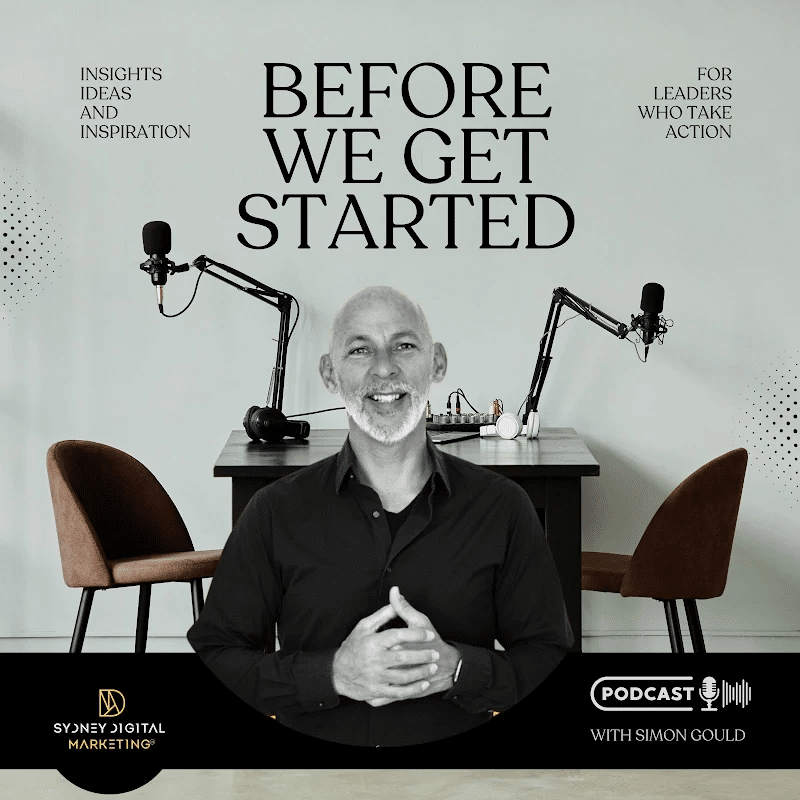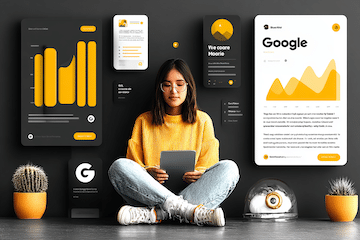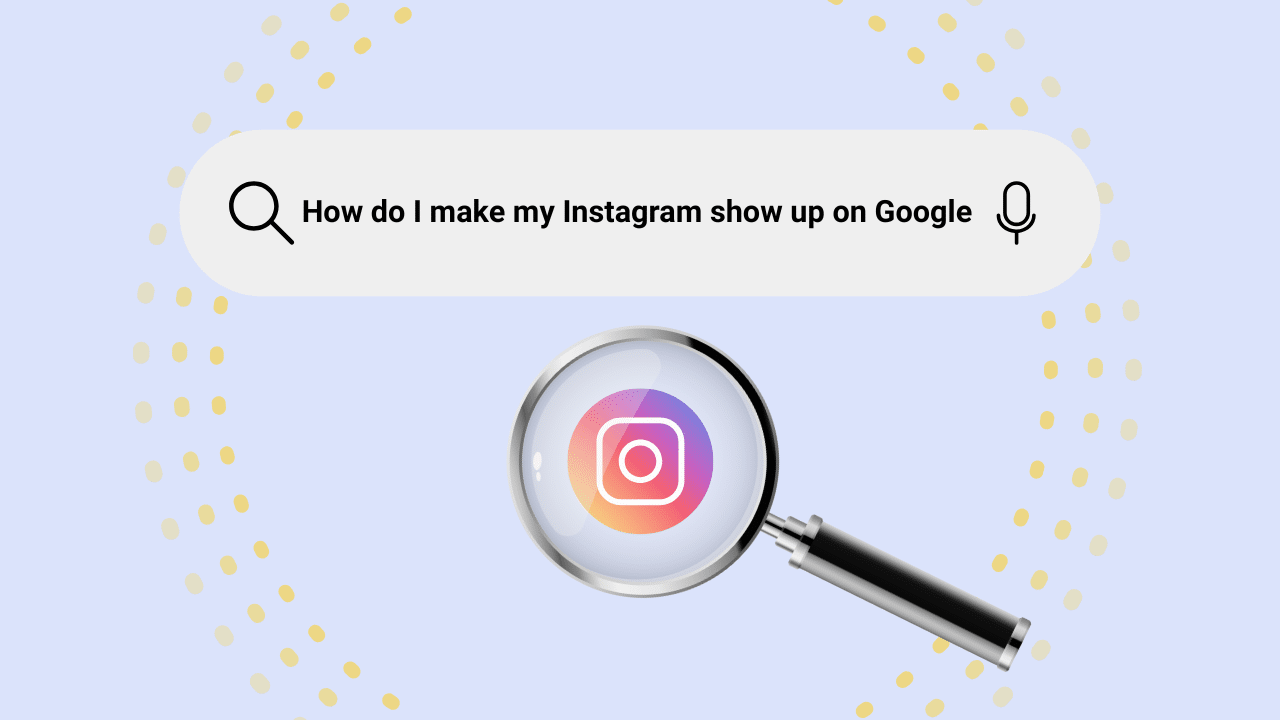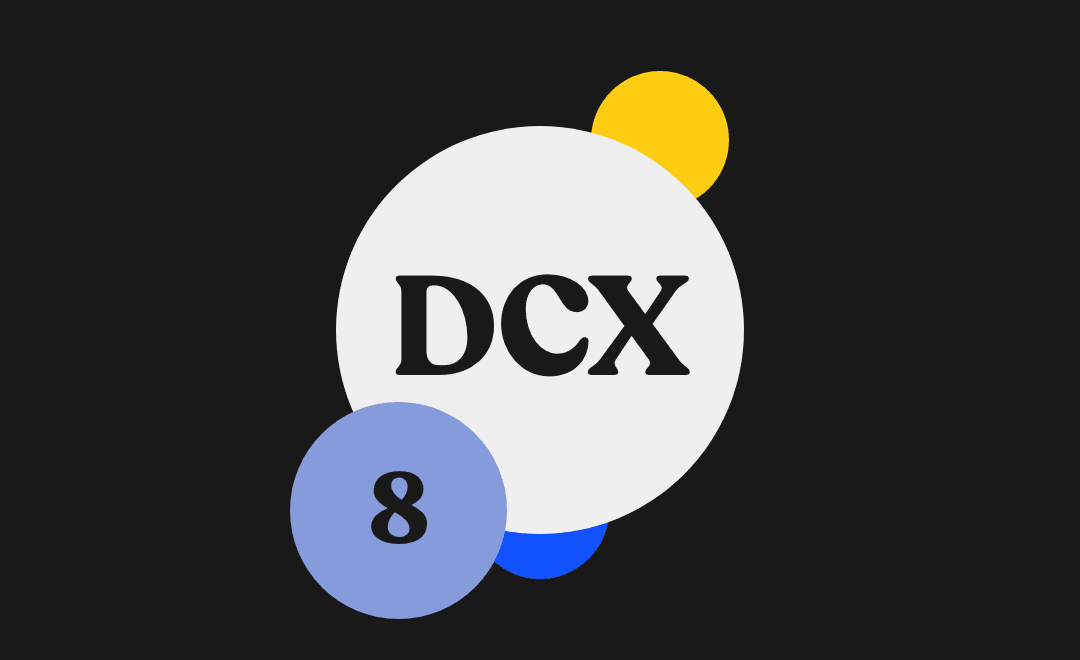
- DCX, Digital Customer Experience, Content Marketing, EDM, Social Media Content, Organic Content, Content Strategy
Recent articles
our mailing list
Week 8: The Digital Customer Experience – Organic Content Strategy

Welcome to week 8 of our 10 week series on the Digital Customer Experience, and this weeks focus; Organic Content Strategy.
We live in the attention economy – What is the attention economy in social media and how does it relate to our goal of providing the best digital customer experience (DCX) for my customers?
The attention economy is a resource that cannot be bought by money as the users pay the service or information, they receive online through the attention.
Social networking sites are fueling the attention economy with the number of people using it that consume content every day.
We hear all the time – content is king! Content is paramount! But why exactly?
It’s because the content you create communicates your message, educates your readers, and persuades them to purchase your products and services over your competition.
Online adults spend an average of 7.2 hours per week discovering, reading and watching online content. More than three quarters of online adults will explore more content by clicking on links to related stories at the end of a post.
While social media is a part of the equation, most online users trust online content when considering a purchase over recommendations from a friend on Facebook or other social media site.
The key to achieving customer ‘advocacy’ or ‘loyalty’, i.e. what we call the next stage in our marketing funnel or flywheel, is trustworthy and engaging content from a source with an established reputation both on and offline.
Watch the video below, or follow on reading;
Content for the DCX
When talking about posting organic and paid content with the Digital Customer Experience in mind, be wary that you need to have a great understanding of your audience and where they engage most.
Content is so often overlooked by the majority of companies that we onboard. This could be for a number of reasons,
- Lack of resources.
- Lack of time.
- Lack of inspiration.
- Not seen as a priority in their overall digital strategy.
Our hope with this series is that businesses stop seeing paid content as the only way to acquire customers. We see our digital strategies as ecosystems.
These ecosystems incorporate a plethora of platforms, channels, budgets, creatives and more. All of which have a part to play in acquiring leads and sales.
The Digital Customer Experience is all about creating an experience that your audience, opportunities and customers will find as gratifying, useful, trustworthy and special. And content marketing is still a part of this.
In this blog, we want to answer some of the common questions that businesses ask us when we suggest creating content for their business.
What’s the difference between paid and organic content?
Simple answer: Organic social content is posted for free. Paid social content is shared with spend behind it to help you reach a larger audience.
Organic social posts will show up on the Feeds of people that already follow you. Your posts will be shown to more people as your audience shares and engages with them.
Paid social posts will show up in the Feeds of whichever audience you decide to target with your ad. You can target audiences based on demographics, location, interests, and more.
Both worlds cross paths too. For instance, you can pay to “boost” an organic post to get it in front of more people. This is often an effective strategy for organic posts that are performing particularly well.
This is also the way that smaller businesses who do not have the capacity or knowledge in full-blown marketing campaigns.
Why should I post organic social content?
According to Animoto’s 2020 survey of 1000 consumers, 58% of people said that they visit a brand’s social pages before visiting their website. This is an increase of 81% from the previous year. When these consumers visit your social pages, it’s the organic content you’ve shared that they’ll see.
Don’t forget too, organic social posting is completely free! Not only this, but organic social posting demonstrates your brands willingness to produce content that your audience can find useful.
How do I begin an organic content strategy for the DCX?
When deciding on an organic content strategy for the DCX, i.e. content that is specific to the experiences of your unique audience, we like to bring it back to our structure of content relevancy. In your content, you want to do at least 1 of 4 things;
Educate;
With educational content, this should be relevant to the industry you’re in and relevant to your brand. You can educate your audience on issues that they may not even know they have, so then instantly you’re providing them with the solution to their problem.
Content Ideas to Educate:
- Write about the tools/resources your business uses every day.
- What industry terms can be confusing and how to explain them in a way thats easy to understand.
- How someone might save time/money by working with a business like yours.
- What are 3 major changes or updates within your industry that your audience should be aware of?
Entertain;
Why not bring out your light side and share a meme, a funny or relatable piece. Provided your brand guidelines and tone of voice allow for a bit more fun, entertaining your audience could be down to sharing some personal content, or giving your audience something to smile or laugh about, even if it’s not relevant to your brand.
Content Ideas to Entertain:
- Write a checklist your audience could use to produce an outcome they want.
- Share around your office.
- Post in honour of a national/social media holiday.
- Instagram vs. Reality.
- Share behind the scenes of the business.
Inspire;
Inspire your audience to take action, push their limits or to gain success. This can be by using your product, or simply being inspired by the message you are posting about. This can be examples of other people’s successes and used for your own message.
Content Ideas to Inspire:
- Share a testimonial.
- Talk about an industry award your company received.
- Share a client/customer success story.
- Diagnose a problem, provide a solution.
- Create a graphic with a motivational/inspiring/encouraging quote.
Promote;
Now is your time to promote your business, a client, a staff member or some outstanding work from the week.
Content Ideas to Promote:
- Share company news.
- New product sneak peek.
- Share some user-generated content.
- Do a giveaway or competition.
Can I reuse content?
Yes – absolutely! Working smarter not harder when thinking about a content strategy for the DCX is the key. Writing blog content for that week? Turn it into content for your other social media. For example, if you wrote a blog topic about the new Facebook iOS updates, your social media strategy for that week could be;
Instagram: Post a photo and add the link to the blog in your IG bio. Post the image to your story and if you have over 10k+ followers, use the swipe-up link to the blog too.
LinkedIn: Post a favourite quote from the blog and talk about it then link to the blog.
YouTube: Record a 2 minute video talking about the blog and post to youtube, put this video under the introduction to your blog to increase YouTube video views.
Facebook: Feature your content specialist with a photo and a brief introduction about their role and their work writing the blog.
EDM: You can even bullet point some key points and direct to the blog in an email out to your database. Cement your authority with getting content right into the laps of your audience.
Can I use my organic content as paid content?
Yes absolutely!
In week 2, we used Bed Threads as a case study in our Digital Customer Experience blog on ‘our observations’. They are a great example of using organic content in their paid marketing strategy and DCX content.
Bed Threads has a series called The Makers where they interview various small business owners, personalities, artists, farmers and more, and produce a series of content based around them for a week.
For example, in the first week of September, they spoke to Puno Puno, founder of @ilovecreatives on Instagram. The topic was all bout her colourful warehouse-style apartment in download LA.
They produced:
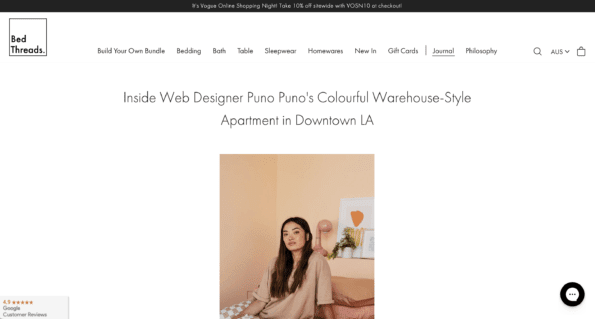
An Instagram post introducing Puno and directing to the blog, followed by 6 images of her apartment on Instagram
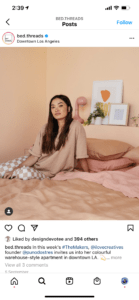

An email to their database

An entire Pinterest Feed of aesthetic images to be reposted and shared by their community (which is in itself a perfect example of self-marketing).

n the screenshot above, spot the post you think Bed Threads uses for their paid content?
Correct! This one!
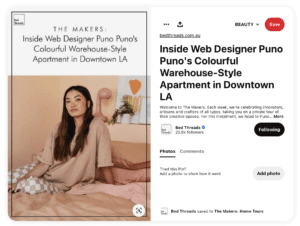
These weekly blog promotion posts are then sponsored on Instagram for engagement, and on it goes. Their content is predominantly reused and recycled, all sourced from one single interview.
How do I incorporate content into my strategy?
You can begin incorporating content into your overall strategy in 3 key steps:
- 1. Identify your audience and where they are most of the time. How do they interact with these platforms? Tailor your reused content depending on this.
- 2. Identify a list of general topics that your audience would be interested in learning about. Brainstorm these and identify even more topics that you could utilise. Use our topic prompts above for help.
- 3. Start with a blog post and just start writing. You would be surprised by the things you know when you begin to note it down on paper. atterns, colours, font styling and sizing consistent?
You can test yourself, or you can work with a marketing agency who does it for you.
As Digital Customer Experience experts, you can be sure that we are an agency who places you on the platforms best suited to you. And only places you there after getting to know your business and your audience. It’s the only way to do it.
You can follow our guide from week 1, or reach out to us to future-proof your business and marketing efforts for the Digital Customer Experience.
We hope you found some helpful tips and information in Week 8 of our series on The Digital Customer Experience; Organic Content for the DCX, and content that works.
Thanks for your time today, and see you next week on LinkedIn & here at the Sydney Digital Marketing Blog.
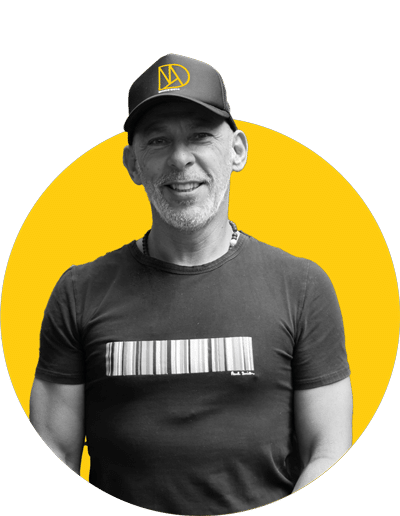
Article by
Simon Gould
CEO / Founder / Dad
Founder and leader, Simon established SDM back in 2012. Since then, he has helped 150 clients (and counting) to achieve their digital goals.[…]
